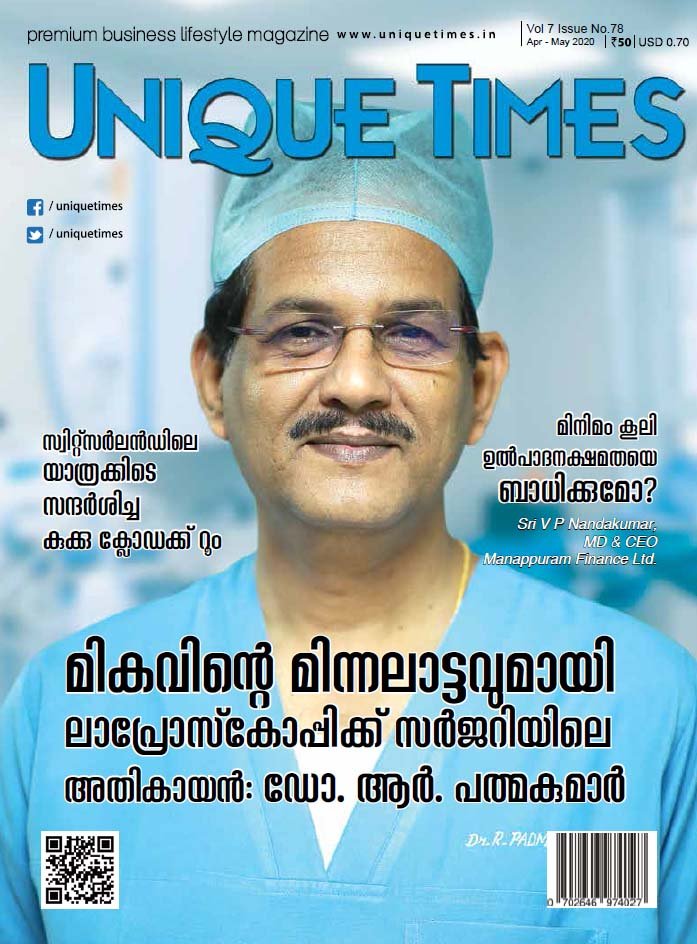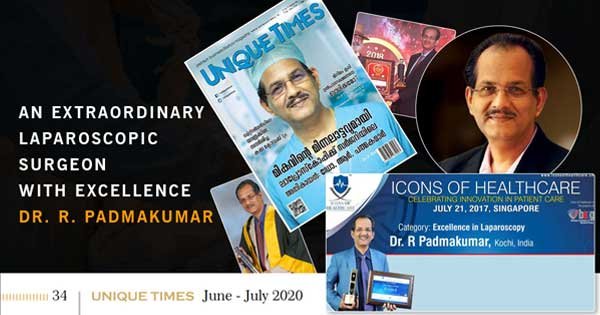Laparoscopic Splenectomy
Laparoscopic Splenectomy procedure is the removal of spleen that has been ruptured or enlarged by any abdominal injury. Laparoscopic splenectomy is a widely used minimally invasive treatment technique to remove damaged spleen from the body.
Spleen is an organ that functions to remove unwanted materials such as old and damaged blood cells from the blood stream and plays an important role in the body’s defense system. They contain particular white bloods cells that have the ability to destroy the bacteria that invade the body and prevents from bacterial attack. It also acts as a filter to the blood stream to keep it clean.
Laparoscpoic splenectomy is recommended when following conditions persist in the organ:
- Ruptured spleen: multiple abdominal injuries leading to ruptured spleen. Ruptured spleen leads to internal bleeding.
- Enlarged spleen: An enlarged spleen condition (splenomegaly), can cause severe pain and discomfort.
- Blood disorder: Several blood disorders are successfully treated by laparoscpoic spelenectomy.
- Cancer: Laparoscopic Splenectomy is used to treat various cancers including chronic lymphocytic leukemia, Hodgkin’s lymphoma, non-Hodgkin’s lymphoma and hairy cell leukemia.
- Infection: An infected spleen develops pus and has to be removed by laparoscopic spelenectomy.
- Cyst or tumor: Formation of cysts and tumors inside the spleen are removed by laparoscopic splenectomy.
Diagnosis and treatment
Before undergoing a laparoscopic splenectomy patients are required to undergo various treatments and precautions such as:
- Blood transfusion: to ensure sufficient blood cells are present in the body.
- Vaccinations: to prevent development of any infection after spleen removal
- Temporarily discontinue other meditations if any.
- Controlled diet
Laparoscopic splenectomy procedure
During laparoscopic splenectomy, the surgeon initiates the procedure by administering a dose of general anesthetic and monitors the blood pressure and oxygen levels during the surgery. The surgeon makes a small incision in the abdomen and inserts a laparoscope (a small tube connected with a camera) through the incision. The laparoscope enables the surgeon to view an enlarged image of the abdomen and internal organs captured by the camera attached to the end of the laparoscope and is connected to the monitor. Later more incisions are made and other surgical tools are inserted to remove the affected spleen and incisions are closed with surgical tapes. After laparoscopic splenectomy, the patients can leave the hospital in a day or two. As spleen plays a major role in defense system to fight infections and bacterial attacks, doctors recommend taking several immunizations to help improve the functioning of immune system of the body in the absence of spleen.
About Dr. R. Padmakumar
Dr. R. Padmakumar is one of the Best Hernia Surgeon in India. He has been changing lives through Keyhole Surgery. He has got more than 30 years of hands-on experience in laparoscopic Surgery in major hospitals across India and has completed more than 7000 cases of Laparoscopic Hernia Surgeries. Dr. Padmakumar has trained more than 300 surgeons from all over the world the art of laparoscopic surgery especially Laparoscopic Hernia Surgery. Dr. Padmakumar is also hailed as one of the Best Bariatric Surgeon in India & UAE. He is renowned for new and improved treatment techniques and the first in the World to perform Scarless Bariatric Surgery with Tummy Tuck / Abdominoplasty. He is also one of the very few thyroid surgeons in India doing Endoscopic Thyroidectomy (scarless thyroid surgery).


-
Anal Fissure Treatment
-
Gynaecomastia Treatment
- Piles / Hemorrhoids Treatment
- Varicose Veins Treatment
- Laser Treatment for Varicose Veins
- Diabetic Foot Treatment







